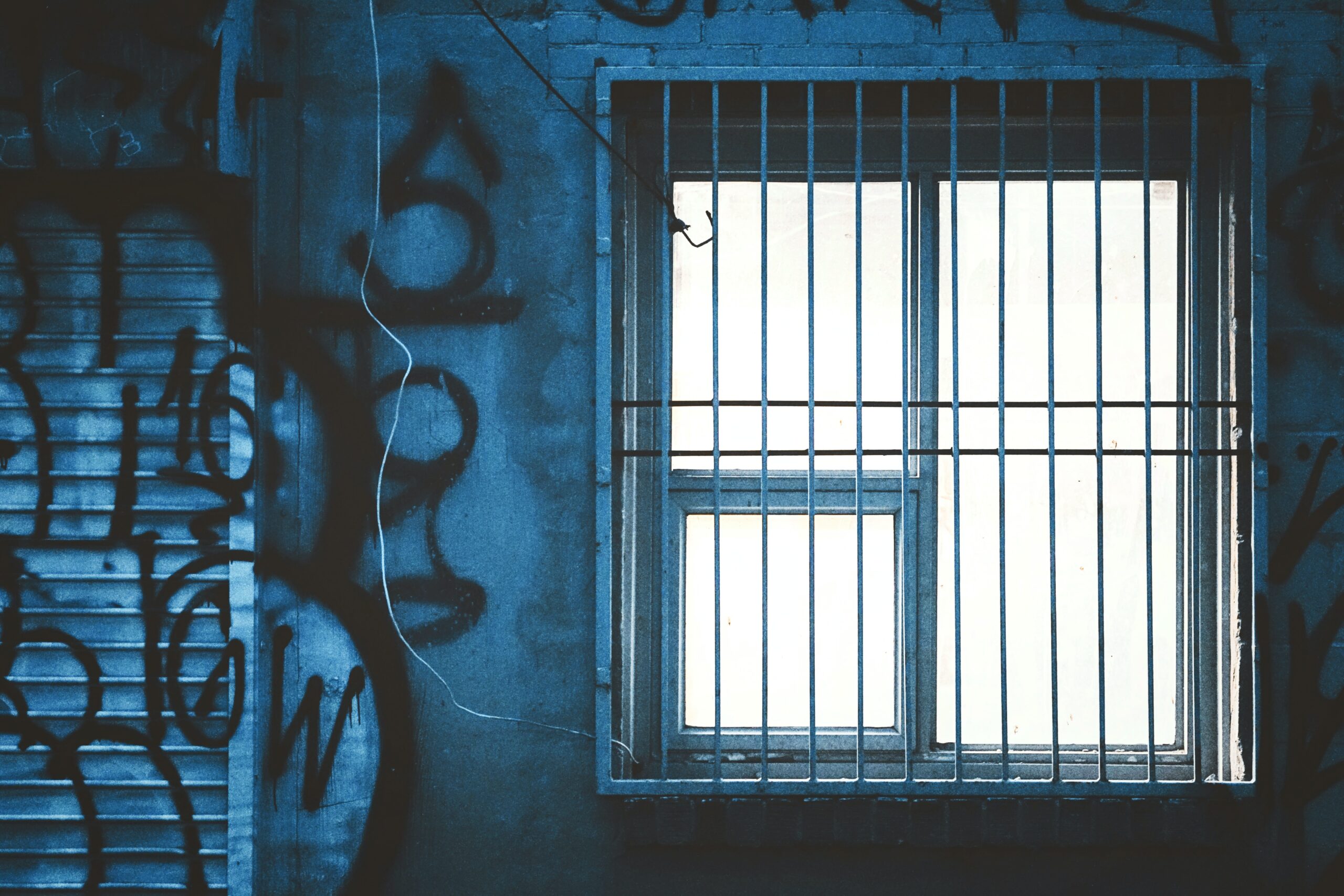Inaugurating the late period of his creative production, Late Spring bears those hallmarks that were to acquire worldwide renown, the signature of the Japanese master craftsman, Yasujirô Ozu: waist-high static shots above the tatami mat; long takes lingering on the composed resignation of the characters; “pillow shots” as exterior cutaways to the environs; the glacial, deliberate pacing that sees the ineluctable resignation of those that have to confront their fates. The films of Yasujirô Ozu are so substantial because they make no attempts to be what they are not; the conservative quietism characteristic of his films is that of a humane and patient sensibility, convinced that the lives of human beings are the trying resistance to change, the fear of loss, and the encroaching of evanescence.
These are the foibles of his characters, and the tranquil and observant aesthetic, like a stoic watching smoke plume from a burning city in the distance, mimics (as it evokes) the great hope and strength of his stories of loss and sadness: that in the face of the inevitable, human beings can sustain themselves as such while illuminating, even ennobling, their own condition (whatever that may be). It seems a very Japanese notion, that of nobility of character stemming from resignation; but this Japanese-ness transcends itself, so that nothing in these films seems so Japanese that is not universal. Transcending its own cultural constraints, the films of Yasujirô Ozu are the highest achievement of cinematic uniqueness—the universal by means of the particular. His is the integrity and vision of a great artist.
In Late Spring, a variant of the other films bearing season-titles but one (like the others) with its own idiosyncrasies, Shukichi (Chishû Ryû), a widower living with his lone daughter, Noriko (Setsuko Hara), realizes that he must marry her off before it is too late, and his sister (Haruko Sugimura), taking on this task herself, goes about arranging the plans that will sunder the easy and inertial father-daughter relationship. Noriko knows that she cannot keep house forever, but will not abandon her father; and Shukichi, a taciturn professor that cares for his daughter, knows that she will not unless he lies, persuading her to marry with the assurance that he will also remarry.
Both father and daughter, each unwilling to see the other suffer, end up sacrificing for each other, so that the story draws out the inevitable but nonetheless moving fates of these characters. A peculiar feature of their psychology, different from that of many American characters and inextricable from what is Japanese in the film, is that they do not want to avoid their fates; they realize that they must confront what is necessary at some point, even if they lament its consequences. Not fleeing from what is necessary, much less “rebelling” against it, but mustering up the courage to face it—this is the ethos and the dignity of Late Spring, as of the later films, withstanding the tests of time and the criticism that would lay into its conservative attitudes.
For Late Spring meets the cornerstone standard of the film critic and the cinephile: it is so re-watchable that none of its facets will ever pale. That is a high standard indeed.


